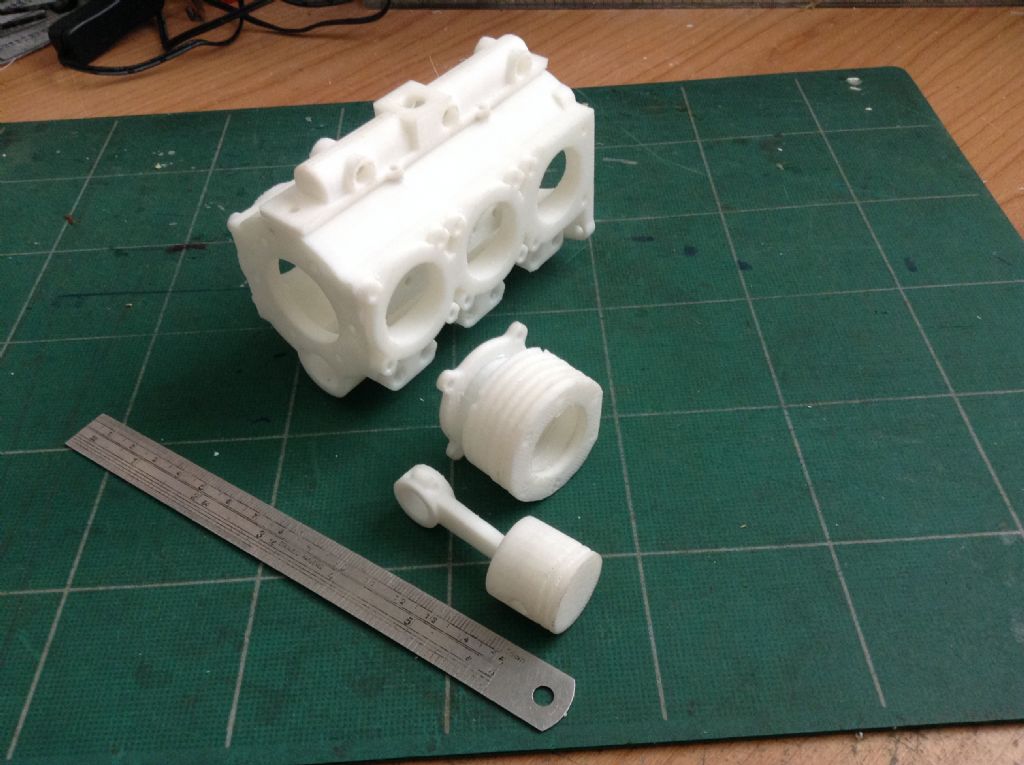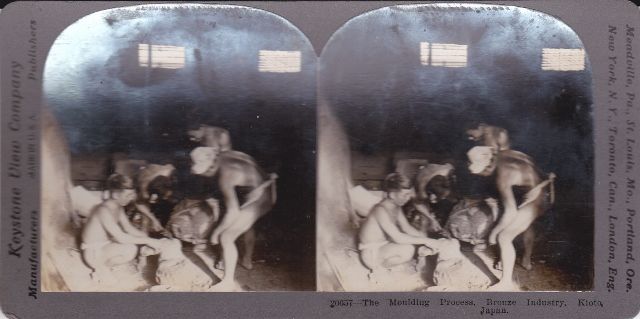Many ways to skin a cat, as have already been mentioned, and all have their place, but quite often just because you can use a particular approach does not make it the best or most cost effective.
I could have made the plastic parts for my Buildlog laser cutter by milling them from Acrylic or HDPE or laser cut them from acrylic, but chose to 3D print them, time taken to produce them was much higher, but the material cost dropped from £20+ to pennies, plus I did not need to babysit the printer. The other manufacturing options were all available to me, just as viable for making the parts in question, and would have taken less time but I chose to base my choice on raw material cost.
3D printing for investment casting or mold making are both viable options.
I believe 3D investment printing makes more sense for smaller detailed items where the time taken and filament required to print is low – a friend of mine has had great success with his cuff-link designs, sending them to Shapeways, he uses the various plastic options for proofs of concept and fine tuning the design, then various metals via lost wax investment casting for the finished items, all at reasonable costs (small items).
For larger items, like say a flywheel other methods may make more sense, your more typical wooden mold, or possibly a polystyrene foam investment option.
Building a polystyrene foam investment from regular shapes and gluing them together (mikesworkshop), mill them from foam or use a CNC hot wire cutter for more complex shapes again with the option of gluing on sprues, etc, all with a cost of pennies for the foam even for quite large items.
If you want better surface finish, then try coating the polystyrene in plaster for a smoother finish, then simply bury the item in play sand and cast directly as shown at buildyouridea
Just some more ideas for the pot
Ian S C.









